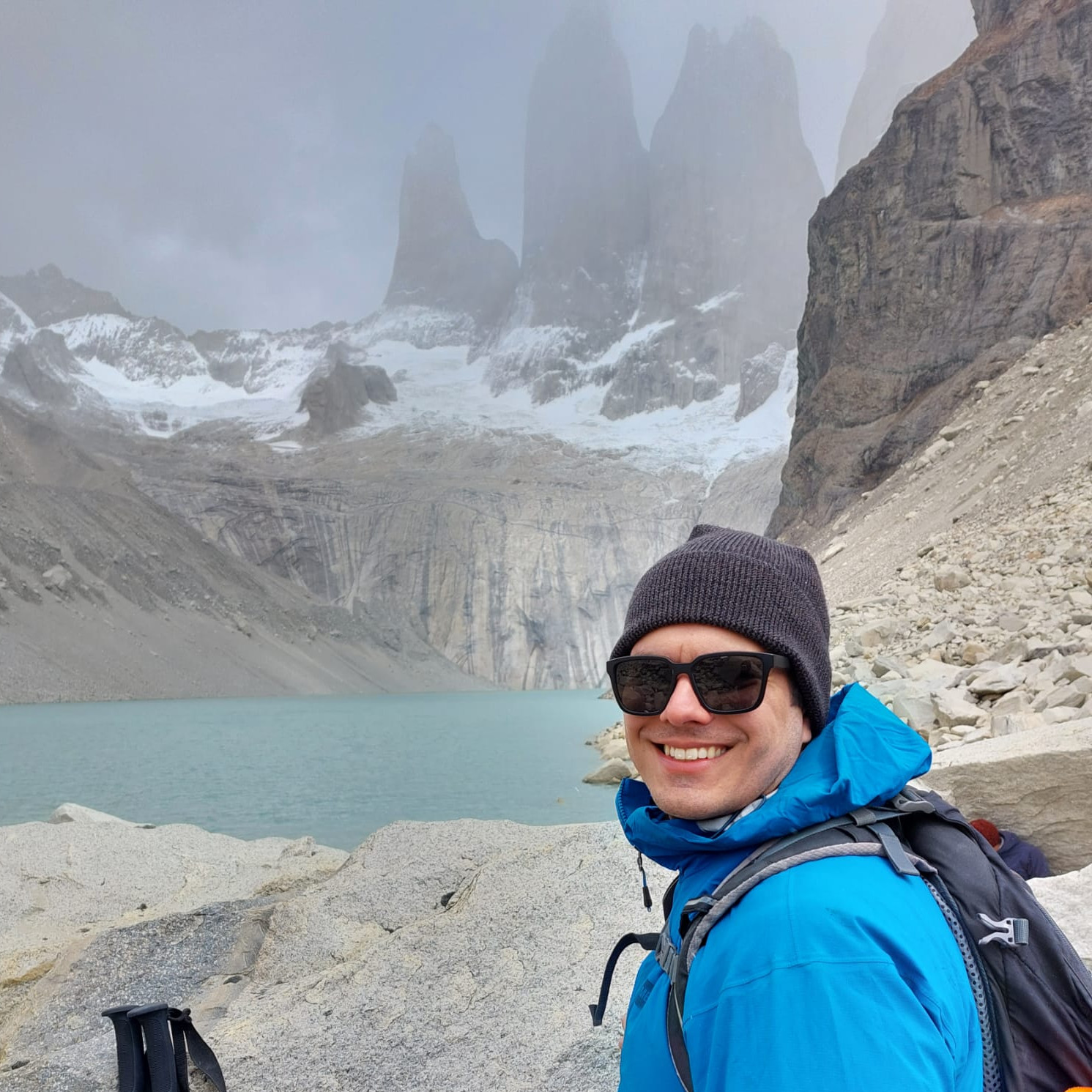Research
My research interests broadly span the ecology, evolution, and conservation of fishes, in particular sharks, rays, and chimaeras.
Chondrichthyan biology and ecology
Chondrichthyans are one of the most poorly studied vertebrate groups. While some species receive plenty of attention from scientists and non-scientists alike, we know very little about the majority of species out there. One of my interests is to fill in this gap by doing studies estimating biological traits, such as reproductive biology and feeding ecology, for species in which this information is missing.
Pierce, S. J., Pardo, S. A., Bennett, M. B. 2009. Reproduction of the blue-spotted maskray Neotrygon kuhlii (Myliobatoidei: Dasyatidae) in south-east Queensland, Australia. Journal of Fish Biology, 74:6, 1291–1308. http://dx.doi.org/10.1111/j.1095-8649.2009.02202.x
Modelling growth and demography
Some biological traits, such as growth rates, as well as many demographic parameters require the fitting of mathematical models for their estimation. I am interested in analyzing and improving upon the approaches currently being used for estimating growth rates as well as demographic parameters in chondrichthyans.
Pardo, S. A., Kindsvater, H. K., Reynolds, J. D., Dulvy, N. K. 2016. Maximum intrinsic rate of population increase in sharks, rays, and chimaeras: the importance of survival to maturity. Canadian Journal of Fisheries and Aquatic Sciences, 73:8, 1159-1163. https://dx.doi.org/10.1139/cjfas-2016-0069
Pardo, S. A., Cooper, A. B. & Dulvy, N. K. 2013. Avoiding fishy growth curves. Methods in Ecology and Evolution, 4:4, 353–360. https://dx.doi.org/10.1111/2041-210x.12020
Life history theory
I am interested in exploring relationships among shark and ray life histories, how they vary, and what traits can explain their variation. Better understanding these relationships gives us a glimpse into the potential evolutionary mechanisms that have shaped them, and can help to create simple models to predict the biology and vulnerability of data poor species.
Extinction risk of data poor species
Part of my work aims to be applied to conservation by providing relevant information to policy makers when discussing the regulation of data poor chondrichthyan species by using tools rooted in life history theory. My work has provided scientific advice on the relative productivity and vulnerability of manta and devil rays prior to their listing under the Convention on International Trade in Endangered Species (CITES) in 2013 and 2016, respectively.
Pardo, S. A., Kindsvater, H. K., Cuevas-Zimbrón, E., Sosa-Nishizaki, O., Pérez-Jiménez, J. C., Dulvy, N. K. 2016. Growth, productivity, and relative extinction risk of a data-sparse devil ray. Scientific Reports, 6, 33745. https://www.nature.com/articles/srep33745
Dulvy, N. K., Pardo, S. A., Simpfendorfer, C. A., Carlson, J. K. 2014. Diagnosing the dangerous demography of manta rays using life history theory. PeerJ, 2: e400. https://dx.doi.org/10.7717/peerj.400
IUCN Red List assessments
I have also contributed to the international effort to assess the conservation status of all known chondrichthyan species. Through the Shark Specialist Group (SSG) of the International Union for the Conservation of Nature (IUCN), I have co-authored multiple Red List Assessments, a process which consists on collating all the available information on population trends, ecology, threats, and conservation for each species being assessed.
Pardo, S. A., Walls, R. H. L. & Bigman, J. S. 2016. Mobula tarapacana. The IUCN Red List of Threatened Species 2016: e.T60199A100016302. Downloaded on 08 November 2016. http://www.iucnredlist.org/details/60199/0
Walls, R. H. L., Pardo, S. A., Bigman, J. S., Clark, T. B., Smith, W. D. & Bizzarro, J. J. 2016. Mobula thurstoni. The IUCN Red List of Threatened Species 2016: e.T60200A100016879. Downloaded on 08 November 2016. http://www.iucnredlist.org/details/60200/0

